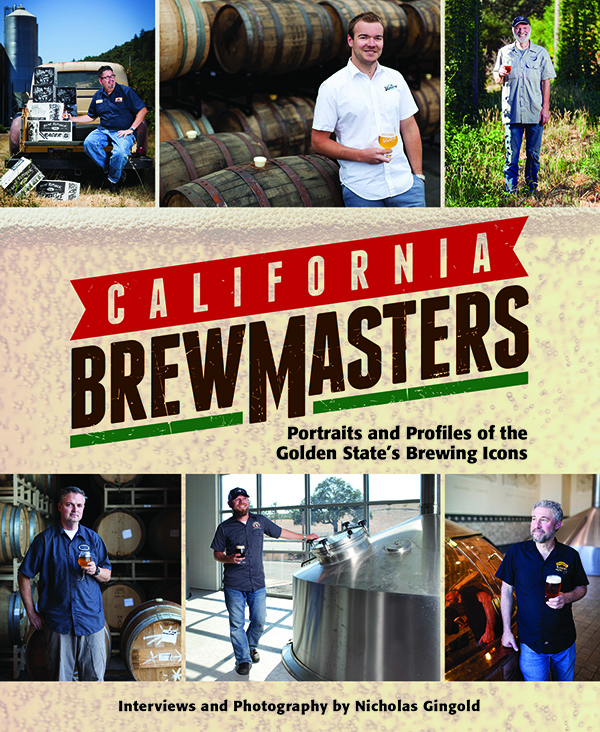Train Your Tongue Like a Brewer
Please note: an annotated version of this article appeared in the April edition of BeerPaperLA – be sure to pick up a copy!
The human tongue is a thing of evolutionary beauty. An organ equipped with the working force of 10,000 taste buds, we owe countless palatable fads throughout history to a complex series of receptors that respond to whatever chemical make up it encounters. When a stimulus activates these receptors, neurons send the information to our brains, registering its interpretation in the form of taste. The ability for human beings to understand the complexities and nuances of what we taste is nothing short of spectacular. What’s even more amazing is that this feature comes standard. So whether we choose to use this tool or not, make no mistake that it is in everyone’s toolbox. The question then becomes this: are you doing your tongue justice?
Understanding the basic principles of how to taste will ultimately give our tongues a voice of their own. Furthermore, the ability to communicate what we taste, what we like, and why we like it, gives us power as consumers of craft beer, wine, cheese, or anything else for that matter. By moving these sensory impulses to a conscious level, we build on our palates creating an internal relationship with ourselves, which might guide one person away from a hoppy IPA and the other towards it. Flavor is what happens when our brain processes these signals along with smell, and even sight, so identifying our likes and dislikes of flavors become the first step towards branching out from them, ultimately opening ourselves further to the complex, ever evolving world of craft beer.
There are several steps we can take to hone our tasting skills, and the first step, believe it or not, has nothing to do with our tongues. “First, just look at the beer, look at the head, the clarity of the beer, the color,” says Patrick Rue. The founder of The Bruery, Rue was awarded the rank of Master Cicerone in 2015 after a grueling two-day evaluation and test. “I put myself through many off flavor tastings, drinking beer with flavors ranging from baby vomit to jasmine. It was actually a great experience, though with disgusting beer.” Rue explains that sight forms our first impressions of a beer, and we’re already forming expectations in our head when we see a beautiful glass slide down the bar (hopefully baby vomit free).
Next comes the smell, and depending on the beer style different ingredients will be most apparent. We’re looking for those great hop or malt aromas that help define a beer’s style and quality. “Quick short sniffs,” says Rue, “one big sniff doesn’t feed your brain, you get more information with a few short sniffs.” Your nose can point you in all sorts of directions, and this is where we begin to form further expectations of what we’re about to sip. “You might say, ‘wow this is more of a tropical fruit aroma and I was expecting more of a citrusy piney beer on this IPA,’” says brewer Jeremy Raub, who was an experienced homebrewer and certified beer judge (BJCP) before he opened Eagle Rock Brewery in 2009.
When it comes time to taste, and to communicate what you taste, there is no one right answer. “Tasting is a very personal thing,” says Raub. “I tend to get my overall opinion formed first then I start looking at those little details.” From an initial opinion it’s far easier to begin picking out our likes and dislikes. Identifying, and then communicating these likes and dislikes, is where the fun begins.
Learning to trust your palate can be challenging, especially when surrounded by seasoned tasters that throw around fancy beer terminology. Rue suggests that understanding beer lingo can be a helpful endeavor. “I’d suggest developing your vocabulary, words like citrusy, hoppy, and malty for example,” says Rue, “Invite friends over to try the beers with you, and talk about what you’re tasting. You’ll notice things they won’t, and vice versa”. Putting complex flavors into words is no easy feat, but developing the ability can be empowering and rewarding.
While being fluent in the language of beer can undoubtedly be helpful when it comes to describing characteristics, it can also compartmentalize our perceptions. “The identification of flavors is really an opinion based on previous experience and having a vocabulary to be able to make those associations,” says Rue. And he’s right, starting with beer-geek lingo helps, but incorporating our own experiences often yields even more succinct results. “Some people want to focus on certain vocabulary, and that can be important especially if it gives you confidence in talking about beer,” points out Eagle Rock’s Raub, but he suggests trusting your first instincts over struggling to find the “correct” descriptor. “If you want to say, ‘this tastes like Dr. Pepper to me,’ that’s totally valid and you can use that to describe flavor.”
“Ting [Su] has always been really good at picking out flavors,” says Raub about his wife and co-owner of Eagle Rock. “Somebody might be sniffing wine and smell berry notes, and she’ll take a sniff and think, ‘this smells like Flintstones vitamins.’ Everyone else might take a sniff and think, ‘yeah, that’s actually more accurate than berries!’ It doesn’t matter for me what words we’re using to describe, as long as you feel confident about what you’re saying.”
If you’d like to build confidence, look no further than brewer and brewery owner Brian Hunt of Moonlight Brewing for a lesson in empowerment. Hunt is known not only for his incredible beer, but also for his refreshing philosophies about the craft beer industry. (Ed. note – Moonlight beers are all too rare in Los Angeles, but check with Barbara’s at the Brewery for occasional tappings.) Santa Rosa based Hunt is a big picture thinker. “The worst class I ever took at UC Davis was Introduction to Sensory Evaluation of Wine,” says Hunt. “It taught you how to break down every component of what you’re tasting, but it ruined my ability to enjoy wine for years. The most valuable thing I want from a beer is beauty and delight. If how you taste ruins your ability to find that beauty and delight because you’re looking for every nook and cranny, you’re not seeing the forest and the trees.”
Hunt described his own manner of beer tasting: “When I taste a beer, my first thought isn’t to scrutinize all the nuances. I think, ‘I’m willing to take this beer at face value,’ and then as I put it past my nose, is there something that halts me?” Hunt went on to compare his experience in tasting beer with any experience of enjoying design or other sensory evaluations. “To me it’s like any composition, any painting or dish of food, or a car, for example. It should be pleasing to the eye, the nose, the taste, to the texture, or even pleasing to drive. It should be all that, and when something stops me from that we have a problem.”
There is a thin line, then, between appreciating the subtle nuances that craft brewers spend weeks trying to achieve, and over-analyzation for the sake of it. As consumers we have a responsibility to appreciate these quality beers, but how that’s accomplished is a matter of personal preference. The level at which beer is fussed over should be based on the beauty and delight derived by each consumer, as Hunt so eloquently put it.
“I think it has value, whether you’re talking about beer or wine or orange juice, to pay attention to what you are ingesting, but from the standpoint of getting enjoyment out of it,” says Eagle Rock’s Raub. “One of the reasons we do what we do is for enjoyment. If we didn’t care or pay attention to the way we experience flavor we’d all still be drinking bland light lager beer from two or three big breweries in the world.”
There is, undoubtedly, a social aspect as well. “I like to talk about what I eat or drink, break it down and get nerdy about it.” Says Raub. “But that’s fun for me, so whether I’m just doing it from a standpoint of a stylistic beer competition setting, or just having fun over a good meal. I enjoy [those conversations] because it’s fun to talk about [flavor] and see the other person’s perception is of that same meal or same drink. And it’s fun to tell somebody about something you had. It’s like story telling. It’s how we relate to each other.”
Moonlight’s Hunt agrees, and bases some of the value of these conversations on diversity, rather than consensus. “Take a sunset for example,” says Hunt. “Some people like the shapes of the clouds, some people like the color. Some people like how it reflects on the water. Tell me which one of those people is wrong?”
We can admire these brewers for their ability to dissect beer while allowing themselves to step back and not over analyze — at least not in the face of the consumer. “Keep things simple and be able to connect with people to have that conversation,” says Raub. But make no mistake, fussy conversations happen daily deep within craft breweries to analyze flavor or blend just the right varieties of hops, ensuring that the next beer you pour is one of quality and substance. We all benefit from their over-analyzation.
You don’t have to deconstruct every beer you drink (or even any of the beers that you drink) to enjoy craft beer, but with a little effort and a lot of practice you too can develop a brewer’s palate. It’s an investment that pays dividends in flavor and appreciation, and whether you choose to engage in thoughtful debate with other beer fans or to sip your pint silently, a well-honed palate is a powerful tool for getting the most out of craft beer.








Leave a Reply
Want to join the discussion?Feel free to contribute!